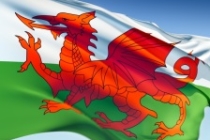Castell Henllys – Parc Cenedlaethol Arfordir Penfro
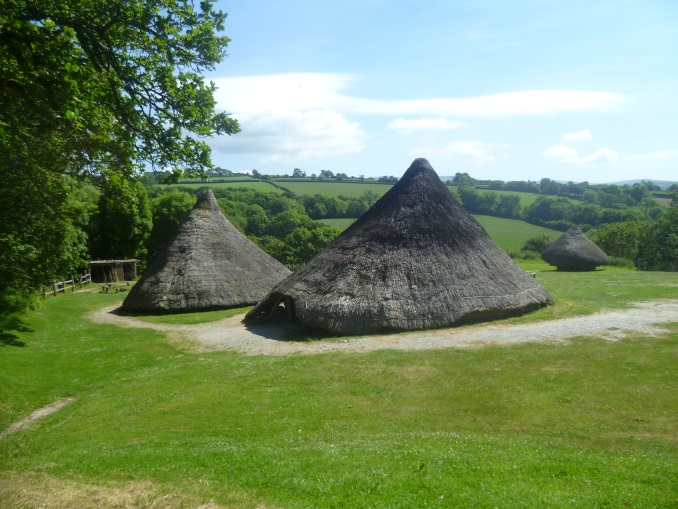
In the beautiful setting of Parc Cenedlaethol Arfordir Penfro (Pembrokeshire Coast National Park) in West Wales there are a number of promontory forts. Castell Henllys is one such Celtic Iron Age hill fort that dates back to 390BC. An interesting aspect of Castell Henllys is that on the site of the excavated remains of the existing hill fort are replica Iron Age roundhouses. This offers the unique opportunity to experience the life of our Celtic ancestors and get a sense of how they lived and worked. The four roundhouses and granary are built on the actual Iron Age foundations that were uncovered by archaeologists. The remains of other hut foundations are on the site to indicate the size of the settlement.
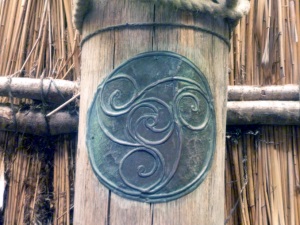
Hill forts can be found in many Celtic areas of Western Europe. They were constructed in the late Bronze Age and early Iron Ages and are clearly defensive in nature. Built at a time when there was clearly a need for such fortified structures they often followed the contours of a hill. Their position gave maximum possible views of the surrounding countryside and so alerted defenders of any threat. The hilltops were surrounded by ditches, earthworks, walls and stockades. The dwellings and livestock were protected within these fortifications. The need for the creation of such structures are a matter of debate, although clearly there had to be a level of outside threat for such monumental works to be undertaken. The largest of such forts are outstanding in regard to the remarkable effort and work undertaken in their construction.
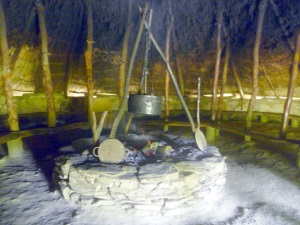
So if you get an opportunity to go to Castell Henllys it really is worth the effort. There are dedicated staff on the site who will explain the history of the hill fort and how the people lived in the settlement. When we visited it was a beautiful sunny and clear June day. Entering into the superbly reconstructed Celtic roundhouses gave a real feeling of the life and conditions of the people who lived there so many centuries ago. The surrounding banks and ditches took decades of hard work by these ancient people to complete. In one section within the steep surrounding defensive bank can be seen a section of the original stone wall; a remaining monument to their dedicated labour. As you would expect from such a location the views from the hill fort of the surrounding countryside are commanding.
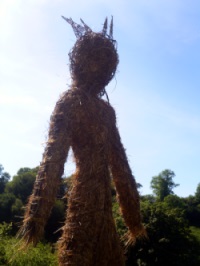
Close to the entrance of the hill fort staff had constructed a large Wickerman. This effigy is set to be burnt as part of the celebrations of the Lughnasa feast day held in August. This is one the four annual Celtic Feast Days the others being the November Celtic New Year of Samhain (Halloween), Imbolg which was also the Feast Day of the Celtic Goddess Brigid in February and the May Spring Festival of Beltane. The Castell Henllys site is open throughout the year and details can be obtained from the Pembrokeshire Coast National Park website. The Park website also gives you information about this stunningly beautiful National Park.
Disover more historical sites near Castell Henllys with Transceltic's Wales southwest itinerary.
- Welsh
- English

